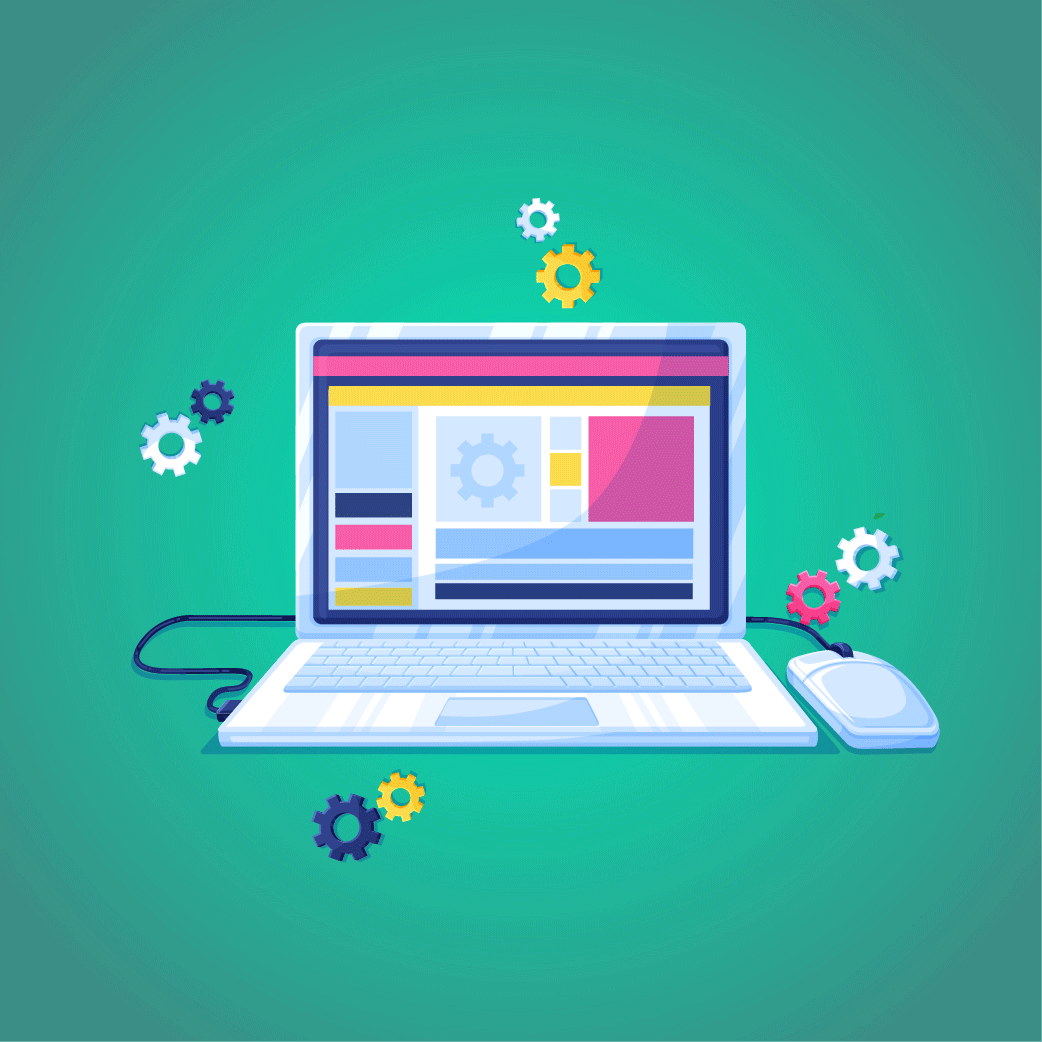Conditions for a Good Website
An excellent website design should fulfill its intended purpose by engaging the visitor and communicating its specific message. Good website design is influenced by a number of elements, including consistency, colors, font, images, simplicity, and usefulness.
The way a website is perceived depends on a number of important design considerations. A well-designed website can encourage users to take action by fostering trust. Making ensuring your website design is optimized for usability (form and aesthetics) and how simple it is to use is key to creating a pleasant user experience (functionality).
You can use the recommendations listed below as a starting point for your upcoming online project.
1. PURPOSE OF WEBSITE
The user’s needs must be met by your website. Each page should have a straightforward goal to let the consumer interact with what you have to offer. What does your website aim to achieve? Are you delivering useful knowledge, such as a “How to guide”? Is it a website that offers amusement, such as sports coverage, or are you trying to sell the user something? Websites may serve a variety of functions, yet they all have certain fundamental goals;
- Summing Up Expertise
- Developing Your Credibility
- Lead generation, sales, and follow-up
2. KEEP IT SIMPLE
When thinking about how to improve your website’s usability and user experience, simplicity is the best approach. Here are some strategies for designing for simplicity.
Color
You may affect how your customers behave toward your brand by choosing a color scheme that works for it. Limit the number of colors to no more than five. It is best to use complementary hues. Pleasant color combinations boost user satisfaction and improve client engagement.
Type
Typography is crucial to the success of your website. It grabs the audience’s interest and serves as the visual representation of the brand voice. On the website, typefaces should be readable and employ no more than three different fonts.
Imagery
Every visual element employed in communication is considered imagery. This encompasses all kinds of graphics, as well as still photography, illustration, and video. The company’s brand personality should be expressed through every imagery, which should also convey the essence of the business. The majority of the initial information we consume on websites is visual, thus it’s critical to use high-quality photographs as a first impression to give visitors a sense of professionalism and credibility.
3. VISUAL HIERARCHY
The grouping of items according to importance is known as visual hierarchy. Size, color, images, contrast, font, whitespace, texture, and style are some ways to do this. The creation of a focal point, which directs viewers to the location of the most crucial information, is one of the visual hierarchy’s most crucial roles.
4. READING IN A F-SHAPED PATTERN
The most popular pattern used by website visitors to scan text is the F-based pattern. According to eye-tracking studies, people tend to focus mostly on the top and left portions of the screen. The F-shaped layout corresponds to the way we naturally read in the West (left to right and top to bottom). A website that is well-designed will follow the reader’s natural tendency to skim the page.
5. NAVIGATION
In websites, navigation is the wayfinding system that users engage with to find what they are looking for. Maintaining visitors on a website requires good navigation. Visitors will give up trying to use a website if the navigation is difficult and look elsewhere for what they need. The goal is to keep navigation clear, easy to use, and constant throughout each page.
6. CONTENT
Both outstanding design and amazing content are found on an efficient website. Great content may attract and influence visitors by turning them into clients by using language that is captivating.
7. PAGE LOAD TIME
A website will lose visitors if you wait for it to load. About half of website visitors anticipate that a page will load in two seconds or less, and they may leave if it takes more than three seconds. Optimizing picture sizes will speed up the loading of your website.
8. LAYOUT SHOULD BE GRID-BASED
Grids support design organization and content organization. The grid makes the page look neat and aligns the elements on the page. A website’s appearance is improved by the grid-based layout, which organizes content into a neat, rigid grid structure with columns and sections that feel balanced and impose order.
9. MOBILE FRIENDLY AND RESPONSIVE
Increasingly people are browsing the web on their phones or other gadgets. It is crucial to think about designing your website with a responsive layout so that it can adapt to various screen sizes.


